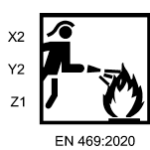1-flame spread
According to EN15025 A method on 3 specimens in the warp direction and 3 in the weft direction.
The component assembly is evaluated by flame the surface of the outer material and the surface of the inner material with separate specimens.
Garment sets analyze the outer surface and innermost lining of each garment in the set.
2- Contact heat (labeled X2)
For level X2, 3 samples of the assembly are tested according to EN ISO 12127-1 at a temperature of 250 ºC. Each sample must have a threshold of at least 10 s.
It is classified according to the lowest single result and rounded to the nearest whole second of the result obtained.
3- Heat transfer – flame (labeled X1 or X2)
According to EN ISO 9151 on 3 samples of the set.
The classification is based on the lowest individual result, rounded to the nearest whole second.
4- Heat transfer – radiation (labeled X1 or X2)
According to EN ISO 6942 Method B at 40 kW/m2.
It is classified according to the lowest individual result and rounded to the nearest whole second.
5- Residual tensile strength when exposed to radiant heat
Testing according to EN 6942 Method A
3 specimens in the warp direction and 3 specimens in the weft direction of the outermost material are tested in accordance with EN 13934-1 for fabrics and EN ISO 1421 Method 1 for coated textiles.
The specimen used after exposure to 10 kW/m2 in accordance with EN 6942 should be stripped to a width of 50 mm, including the exposed surface.
6- Heat resistance
According to ISO 17493
It is performed on 3 samples. Each layer of the material is tested separately.
7- Heat-resistant sewing thread
It is made on 2 patterns of threads used for structural seams in accordance with EN ISO 3146
8- Resistance to the penetration of liquid chemicals
It is performed on 3 specimens in the warp direction and 3 specimens in the weft direction according to EN ISO 6530 with a chemical application time of 10 s using H2SO4 30% at 20 ± 2 ºC and C8H10 (o-xylene) at 100% at 20 ± 2 ºC
9- Tensile strength
It is carried out on 5 specimens in the warp direction and 5 specimens in the weft direction in accordance with EN ISO 13934-1 for woven textiles and EN ISO 1421 Method 1 for coated textiles.
10- Tear resistance
According to EN ISO 13937-2 or EN ISO 674-1 Method B
The test specimen showing uninterrupted thread slip shall be indicated as ‘slippage’ without a numerical evaluation of the result being presented as passed.
11- Water ingress (marked Y1 or Y2)
According to EN ISO 811
5 samples of any layer that can withstand water ingress are tested, with a pressure rise rate of 0.98 ± 0.05 kPa/min.
Samples are taken from critical areas such as shoulder sutures.
12- Dimensional stability
According to EN ISO 13688.
The sample must be the material combination of the assembly.
The sample of the material combination in a set of components is prepared in such a way that the layers of the material are sewn together around the 4 edges. Once the pre-treatment is complete, the components are separated and measured individually.
13- Visibility
According to EN ISO 20471
14- Water vapor resistance (labeled Z1 or Z2)
Gemäß EN ISO 11092 an 3 Proben.
15- Testing of garments (optional)
According to the method described in Annex D
The complete set of components or a set of multi-layer garments can be tested. When this optional test is performed, it is performed on an instrumented manikin that has never been subjected to an exposure condition of 8 s at 84 kW/m2


